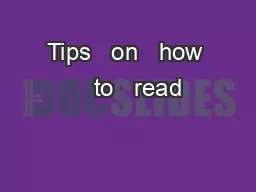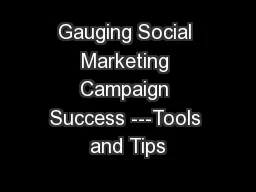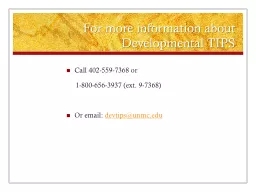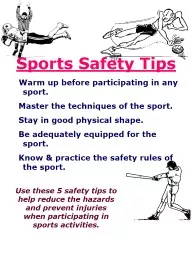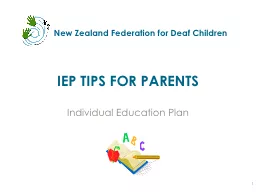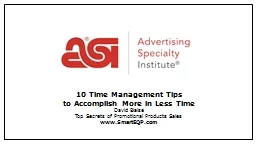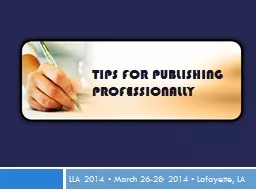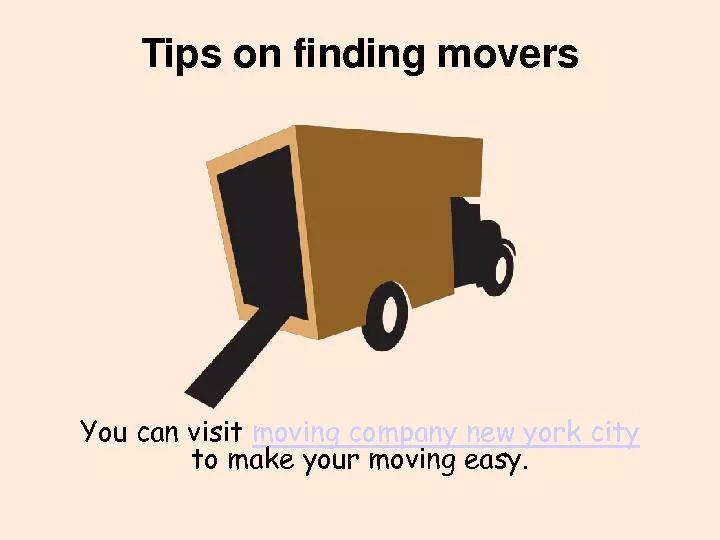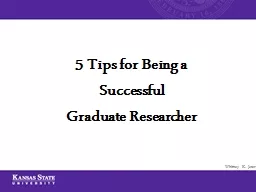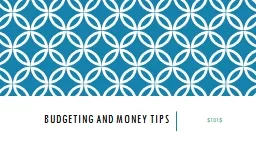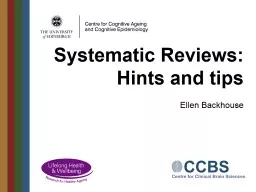PPT-Tips on how to read
Author : reportcetic | Published Date : 2020-06-16
and present a paper Ruizhen Hu 20170411 T o keep current in their field s To do a literature survey of a new field T o review for a conference or a journal
Presentation Embed Code
Download Presentation
Download Presentation The PPT/PDF document "Tips on how to read" is the property of its rightful owner. Permission is granted to download and print the materials on this website for personal, non-commercial use only, and to display it on your personal computer provided you do not modify the materials and that you retain all copyright notices contained in the materials. By downloading content from our website, you accept the terms of this agreement.
Tips on how to read: Transcript
Download Rules Of Document
"Tips on how to read"The content belongs to its owner. You may download and print it for personal use, without modification, and keep all copyright notices. By downloading, you agree to these terms.
Related Documents

